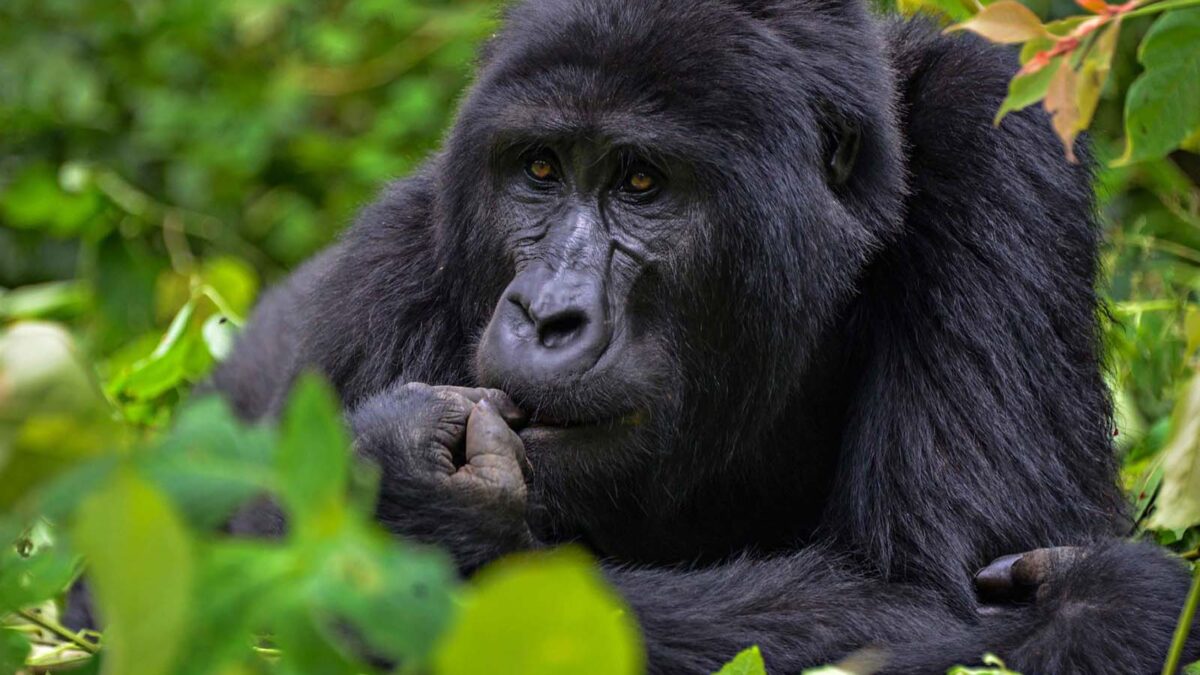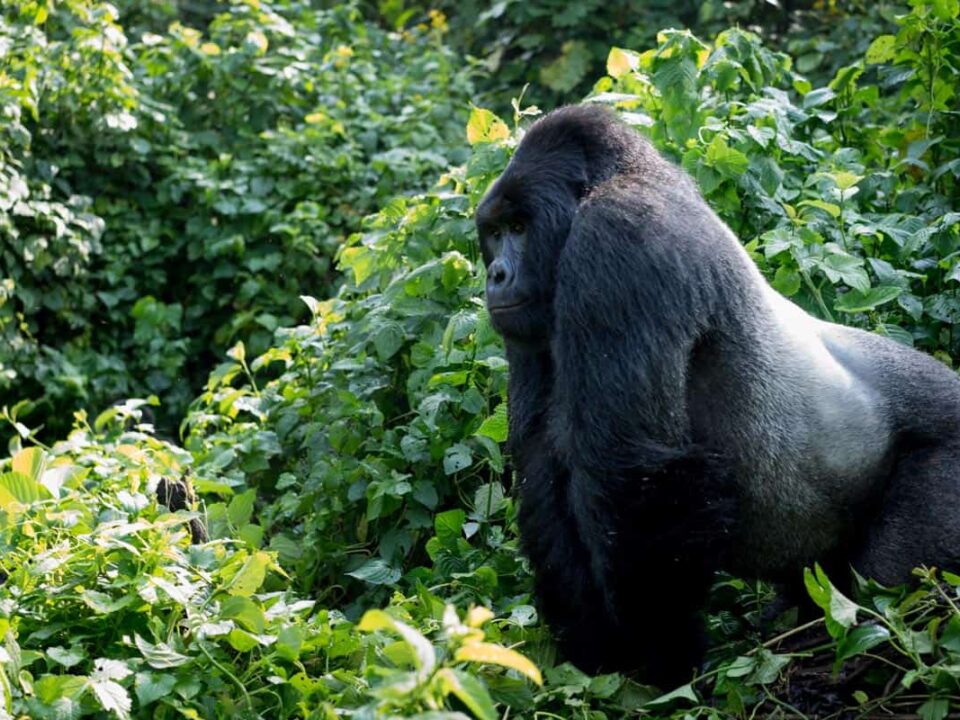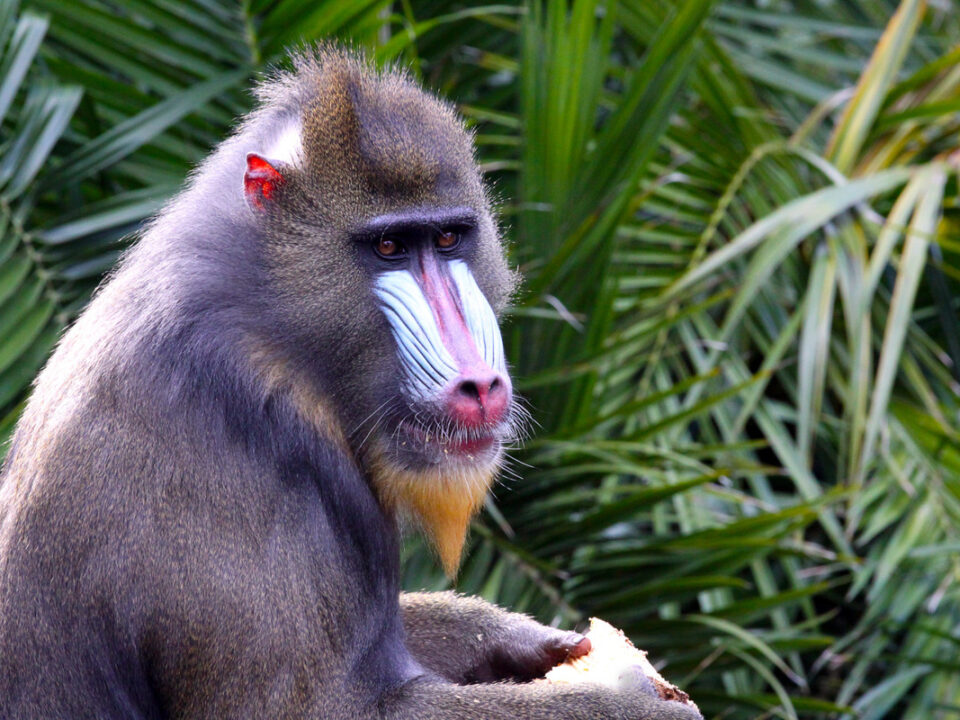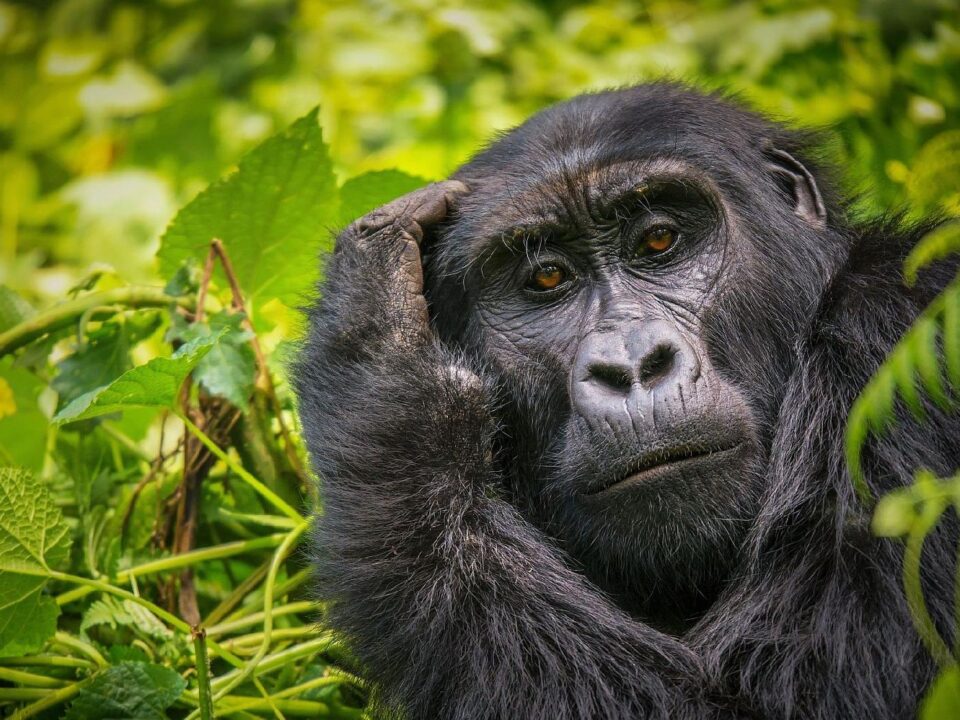Why are Mountain Gorillas Endangered in Africa?
All You Need to know before Booking a Wildebeest Migration Safari
October 7, 2023
Great Wildebeest Migration in Masai Mara Kenya
October 7, 2023Why Are Mountain Gorillas Endangered in Africa?
The question of whether gorillas are endangered is a common one, and upon closer examination, it becomes evident that mountain gorillas are indeed an endangered species. The dwindling numbers of mountain gorillas, which reside in the dense tropical rainforests of Africa, are a clear indication of their endangered status.
Gorillas are categorized into two groups: Eastern Gorillas and Western Gorillas, each with further subdivisions. Western Gorillas consist of the western lowlands and the River Gorillas, while Eastern Gorillas comprise the Mountain Gorillas inhabiting higher-altitude areas and the Eastern lowland Gorillas residing in lowland regions. Gorilla social structures are organized into family groups consisting of 5 to 10 members, led by a dominant silverback. The silverback assumes leadership responsibilities such as choosing feeding and nesting areas and protecting the family from external threats. This social structure resembles the familial roles found in humans, with the male gorilla serving as the head of the family.
For travelers interested in witnessing gorillas in Africa, there are three East African countries where gorillas can be found: Uganda, Rwanda, and the Democratic Republic of Congo. In Uganda, Mountain Gorillas inhabit two National Parks: Bwindi Impenetrable Forest National Park and Mgahinga Gorilla National Park, both located in the southwestern part of the country. Bwindi Impenetrable Forest National Park alone is home to over half of the world’s remaining mountain gorilla population, with over 19 habituated gorilla families available for tracking, and 1 family in Mgahinga Gorilla National Park. Gorilla habituation experiences are exclusive to the Rushaga sector of Bwindi Forest, where one gorilla family is undergoing habituation. In Rwanda, gorillas can be found in Volcanoes National Park, offering relatively easy access for gorilla tracking. In the Democratic Republic of Congo, gorillas reside in Virunga National Park and Kahuzi Biega National Park, which is home to the eastern lowland gorillas.
Several factors contribute to the mountain gorillas’ endangered status, with the most prominent being:
Habitat Loss
Mountain gorillas live in the lush tropical rainforests of Africa, providing a cool, moist climate and an array of vegetation that serves as their primary food source. However, habitat loss poses a significant threat as forests are destroyed due to factors like the increasing human population in surrounding communities, leading to deforestation for land settlement, agriculture, and livestock rearing. Trees are also felled for firewood and charcoal production, further depleting gorilla habitats.
Diseases Affecting Gorillas
Gorillas share over 98% of their DNA with humans, making them one of our closest relatives in the animal kingdom. This genetic similarity renders them susceptible to human diseases such as the flu and the common cold. When exposed to these diseases, gorillas lack the robust immune systems needed to combat them effectively, leading to the spread of illness within gorilla families and potentially resulting in fatalities.
Civil Wars and Instabilities
Historically, civil wars in Rwanda and the Democratic Republic of Congo have had devastating effects on mountain gorilla populations. Rebel groups often took refuge in forested areas during conflicts, leading to habitat destruction and direct harm to gorillas. However, recent efforts to establish peace and stability in these regions have contributed to gorilla conservation.
Lack of Awareness
Insufficient awareness about the importance of gorilla conservation and its benefits to local communities and societies has hindered protective efforts. Governments must enact and enforce conservation laws while also conducting awareness campaigns to educate locals about the significance of gorilla and wildlife conservation.
Poaching
Mountain gorillas face threats from poachers residing in nearby villages and communities. Poachers often set traps along gorilla pathways, inadvertently capturing and harming gorillas in their pursuit of other animals like antelopes and bush pigs. The demand for gorilla meat, traditional medicine, trophies, and pets drives poaching activities.
Efforts to conserve mountain gorillas and protect them from these threats include:
- Maintaining a minimum distance of 7 meters from gorillas during tracking to prevent disease transmission.
- Sensitizing local communities about poaching and gorilla trading.
- Restricting individuals with illnesses, especially contagious diseases, from participating in gorilla tracking.
- Preventing littering in gorilla habitats by ensuring all waste is removed.
- Supporting local communities through income-generating projects and businesses to reduce dependence on gorilla habitats.
- Allocating a portion of revenue generated from gorilla tourism to gorilla conservation and community development.
While mountain gorillas face significant challenges, these measures aim to safeguard their future and boost tourism activities in East African countries, promoting both economic development and gorilla conservation.




